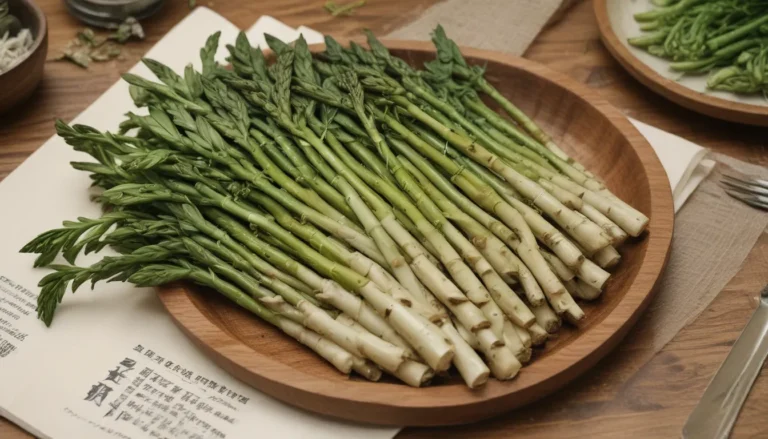Crafting Calendula Oil: How to Make, Use, and Reap the Rewards

Have you ever considered the incredible benefits of calendula-infused oil? This herbal remedy is a staple in my apothecary and first aid kit, providing a myriad of healing properties for the skin. In this comprehensive guide, we’ll dive deep into the world of calendula oil, exploring its benefits, how to make it at home, and the best ways to incorporate it into your skincare routine. Join me on this botanical journey as we uncover the wonders of this easy-to-grow flowering herb.
Unraveling the Mysteries of Calendula Oil
Calendula, also known as pot marigold, is a true skin savior. The entire flower head, including the resinous bracts, is packed with healing properties that can address a variety of skin issues. By infusing these potent flowers into a carrier oil, you can harness their therapeutic benefits for topical use.
It’s important to note that individuals allergic to plants in the daisy family, Asteraceae, should exercise caution when using calendula topically, as it may trigger a rash.
While some may mistake calendula oil for CO2 total extract, it’s essential to understand that these are distinct preparations. CO2 extracts, created using carbon dioxide as a solvent, are highly concentrated and should be diluted before use. In this guide, we’ll focus on crafting a carrier oil infused with dried calendula flower heads for gentle yet effective skincare.
Crafting Your Calendula-Infused Oil
To create your own calendula-infused oil, you’ll need to start with dried whole flower heads of Calendula officinalis. Follow this step-by-step process to unlock the healing potential of this botanical marvel:
Materials needed:
– Dried calendula flowers
– Carrier oil of choice (e.g., olive oil or jojoba)
– Jar and lid
– Mortar and pestle or blender
– Cheesecloth or nut milk bag
– Funnel
– Storage container
- Sanitize your jar and lid before beginning the infusion process.
- Measure out four ounces of dried calendula flowers and grind them into a fine powder.
- Place the ground flowers in the jar and cover them with your chosen carrier oil.
- Shake the jar vigorously to ensure the herbs are fully soaked in oil.
- Store the jar in a cool, dark place for three weeks, occasionally checking to maintain proper submersion.
- Once infused, strain the oil through a cheesecloth or nut milk bag into a clean jar using a funnel.
- Label and date the jar, storing it in a dark place according to the carrier oil’s instructions.
By following these simple steps, you’ll create a golden-hued, fragrant oil that can enhance your skincare routine and promote overall skin health.
Embracing the Healing Power of Calendula
Calendula-infused oil offers a host of benefits for your skin, thanks to its anti-inflammatory, antimicrobial, and circulatory-boosting properties. Studies support its efficacy in treating various skin conditions, from irritations to radiation burns. However, it’s essential to avoid applying oil-based remedies to open wounds to prevent bacterial growth.
For long-term storage, consider using Miron glass bottles to preserve the oil’s quality and extend its shelf life.
Whether used in a soothing body oil or a nourishing balm, calendula-infused oil can transform your skincare routine and provide relief for common skin issues. Experiment with different applications to discover what works best for your skin’s unique needs.
Crafting Calendula Salve: From Garden to First Aid Kit
Harness the healing power of calendula by creating a versatile salve that can address a range of skin ailments. Follow these simple steps to craft your own calendula salve at home:
Materials needed:
– Calendula-infused oil
– Beeswax
– Pot
– Metal spoons
– Salve tins or jars
– Funnel (optional)
- Combine infused oil and beeswax in a pot over low heat until melted.
- Test the consistency by chilling a spoon in the refrigerator and dipping it into the mixture.
- Adjust the ingredients to achieve the desired texture, adding more beeswax for a firmer salve or additional oil for a softer consistency.
- Pour the mixture into sanitized tins or jars and let it cool completely before sealing.
- For extended shelf life, consider adding vitamin E or lavender essential oil to the salve before bottling.
Whether used to soothe bug bites, dry skin, or minor rashes, this homemade calendula salve is a valuable addition to your herbal first aid kit. Store it in a cool, dry place and enjoy the healing benefits of this botanical wonder.
Exploring the Boundless Potential of Calendula
Calendula’s gentle yet potent healing properties make it a versatile ally in skincare. By experimenting with homemade remedies like infused oils and salves, you can unlock the full potential of this botanical treasure. Embrace the art of herbalism and cultivate a deeper connection to nature through the healing power of calendula.
Let me know in the comments below how your herbal adventures with calendula have unfolded. Your feedback is invaluable, and I’d love to hear about your skincare escapades!
Dive deeper into the world of herbalism with our guides on Lemon Balm Tea, Common Edible Weeds, and Growing Goldenseal. Expand your knowledge and cultivate a deeper appreciation for the healing wonders of the natural world.
As you embark on your herbal journey, remember that every concoction you create is an opportunity to nourish your body and soul. Embrace the wisdom of the plants and let them guide you on a path to holistic wellness.
In conclusion, this revamped article provides an in-depth exploration of calendula oil, guiding readers through the process of making and using this herbal remedy. By incorporating additional sections, examples, and practical tips, the article aims to educate and inspire readers to embrace the healing power of calendula in their skincare routines. Join me on this botanical adventure and embark on a journey of herbal wellness and self-care.





